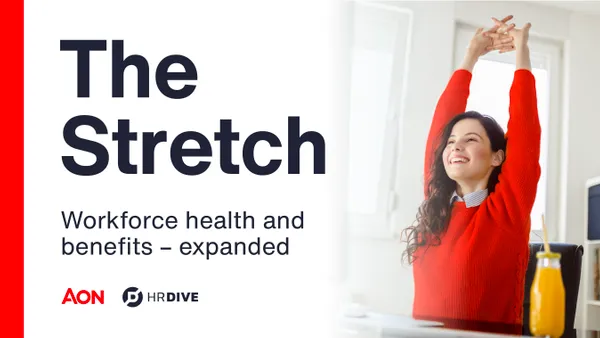Tracking employee competencies across a large workforce is an elusive, yet worthwhile, challenge. For employers who operate in highly regulated industries, it also can be a financial necessity.
If employees are not keeping up with certifications and are not trained properly for high-risk jobs, for example, the results can be very expensive in the way of regulatory fines and, even worse, injuries to employees or the public in general.
Reputation Leaders, an independent research firm, conducted a survey of 100 US executives and HR professionals in 2015 and found that while 70% of employers polled are doing some competency management, they find themselves hampered by insufficient tools, inconsistent usage or low staff.
On the positive side, 94% of respondents say that effective competency management would prevent safety and compliance issues, though less than half report they are actually using a competency management system at all.
How competencies can be developed
Jai Shah, managing partner and head of technology solutions with Hula Partners LLC, explains that the ability to map competencies to the skills required for each job is an unmet need – one that human capital management (HCM) and talent management (TM) suites have not adequately addressed.
“This leaves a big gap in the ability for both HR and operations to ensure that the right workers are placed in the right job at the right time,” Shah says. “This gap can have devastating consequences for workers, their employers and the environment.”
In fact, Hula Partners, an HR software, strategic consultation and implementation services vendor, has found that employers that do perform competency management are able to reduce their safety and compliance incidents by more than 50%, from 108 to 51 per year on average.
In early 2015 Hula began offering its Kahuna Competency Management platform, the first and (so far) only cloud-based solution to directly address the competency management gap for workforces in highly regulated industries such as oil & gas and transportation. Hula customers include Fortune 500 companies like Adidas, Cameron and Marathon Oil.
Shah says competency management done right offers tremendous ROI potential for employers who want objective measurement of competency levels of their employees; transparency of role or job requirements in the career development process, and evidence of competence to support compliance and audit requirements.
“The use cases for implementing competency management are endless,” Shah explains. “Any process driven environment with defined roles is a candidate for competency management.”
For example, he says defining what success looks like – by identifying high performing people or operations –- will result in mapping “competency DNA” that can be measured and developed on a mass scale.
“Everyone from customer service agents in call centers to crane operators on construction sites can benefit,” he says.
For most employers, the operational demands for solutions to assign, assess and visualize competency gaps are increasing, yet as noted those requirements have been underserved by traditional HR applications.
“HR organizations that proactively respond to this demand will boost their standing as a strategic business partner,” Shah says. “And we know that’s a prime HR objective these days.”
Kahuna in action
Cameron, a Houston, Texas-based provider of flow equipment products, systems and services to the global oil and gas industry, is currently using Kahuna to support a company-wide employee development program focused on technical competencies across multiple levels of engineers in all business units and product lines.
“After a successful pilot, it was clear that the solution supports our requirements and will provide significant value as we continue to enhance our employee development programs,” says Tobias Glueck, vice president, HR, for Surface Systems at Cameron.
Shah says areas such as employee development, compliance, safety and operational efficiency are all motivators for optimal competency management. Most other HR solutions simply reference competencies without providing the functionality needed to really measure and leverage employee knowledge gaps for making critical talent management decisions.
Kahuna also allows for customers to load their own models, Shah says. And while the application’s roots are in oil and gas due to intense regulatory requirements, Hula is finding wide applicability for Kahuna in many other industries such as construction, airlines (specific to technical operations), aerospace, healthcare and retail.
“Simply put, Kahuna’s goal is to ensure the right worker is placed in the right job at the right time for safe, smooth and successful operations,” Shah says.




















